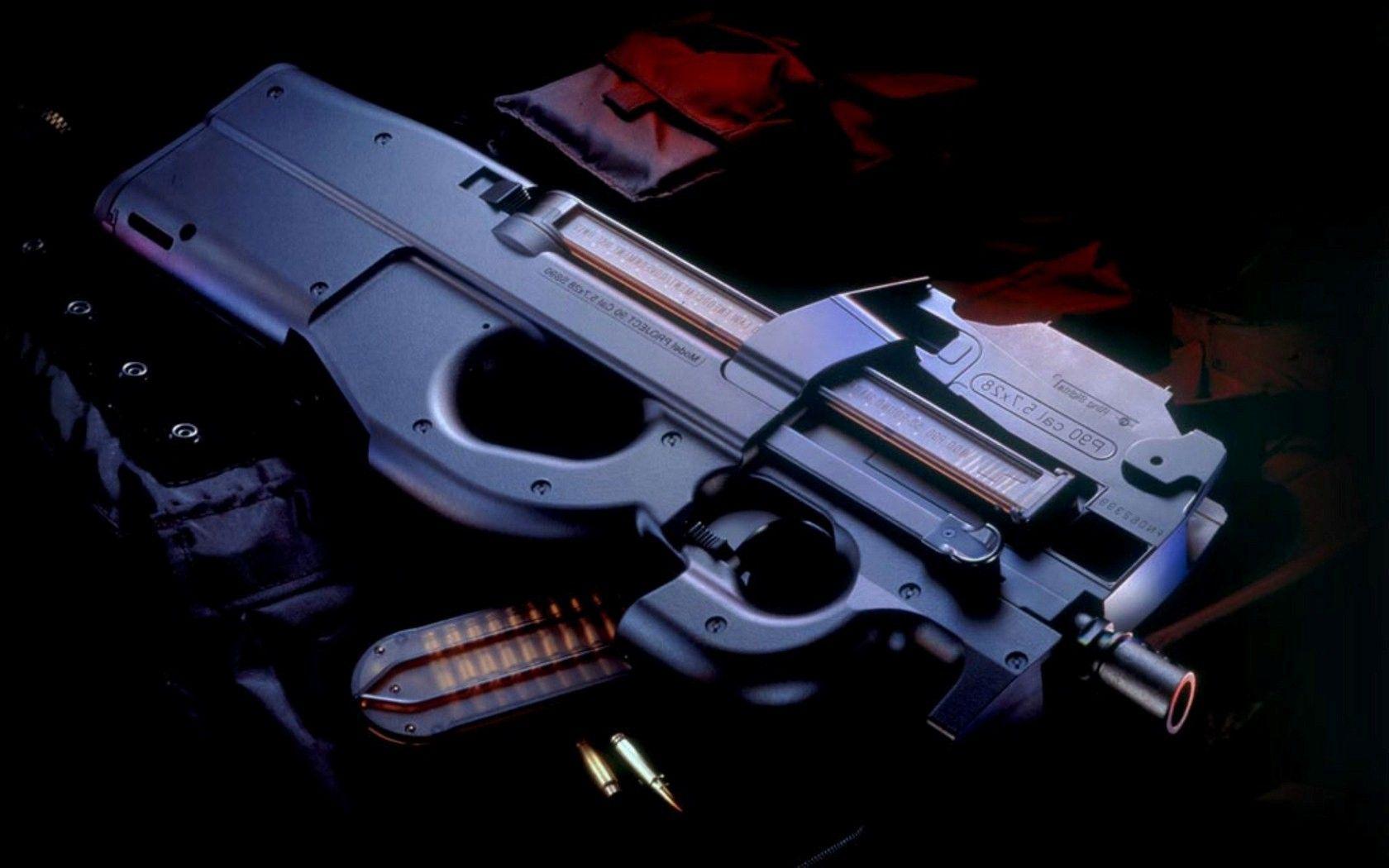Throughout history, firearms have played a significant role in shaping the world we know today. Defined as portable weapons that are designed to project force by discharging projectiles, firearms have evolved over centuries, revolutionizing warfare, hunting, and personal protection. From handguns to rifles, these tools demonstrate the immense power and technological advancements achieved by humankind. In this article, we delve into the fascinating world of firearms, exploring their intricacies, impact, and the vital role they play in various aspects of our lives. Join us as we uncover the mechanics behind these formidable weapons and examine the ammunition that drives them.
Types of Ammunition
When exploring the world of firearms, it is important to understand the different types of ammunition that are available. Ammunition is a crucial component that enables a firearm to function effectively. Here, we will discuss three common types of ammunition: handgun ammunition, rifle ammunition, and shotgun ammunition.
Handgun ammunition is specifically designed for use in handguns, which are firearms designed to be operated with one hand. This type of ammunition typically comes in small cartridges that contain a bullet, primer, and gunpowder. Handgun ammunition is known for its versatility, as it can be used for self-defense, target shooting, and even in some types of rifles.
Rifle ammunition, on the other hand, is designed for use in rifles, which are long-barreled firearms that are fired from the shoulder. Rifle ammunition is characterized by its larger size and higher velocity compared to handgun ammunition. It typically consists of a cartridge case, primer, gunpowder, and a bullet. Due to its increased power and accuracy, rifle ammunition is commonly used in hunting, competitive shooting, and military applications.
Shotgun ammunition is unique in its construction and purpose. Instead of a single bullet, shotgun ammunition contains multiple small pellets, known as shot or buckshot, packed inside a cartridge case. Shotguns themselves have a smooth bore barrel, which means the pellets disperse upon firing, creating a wider pattern. This makes shotguns ideal for hunting birds, clay target shooting, and personal defense at close ranges.
Understanding the different types of ammunition is essential for firearm enthusiasts, as it allows for proper selection and usage based on the desired application. Whether it is for handguns, rifles, or shotguns, each type of ammunition serves a specific purpose, and knowing their characteristics is paramount to unlocking the power of firearms.
2. Understanding Firearms
In order to comprehend the world of firearms, it is crucial to have a solid foundation of knowledge about these powerful weapons. This section aims to provide an overview of firearms by exploring their essential components, types, and uses.
Firearms consist of two main components: the firearm itself and the ammunition it uses. The firearm is the mechanical device used to propel the ammunition, while ammunition refers to the projectiles or cartridges that are loaded into the firearm. Understanding the relationship between these two components is fundamental to comprehending the operation of firearms.
There are various types of firearms, each designed for different purposes and functions. These types include handguns, rifles, and shotguns. Handguns, such as pistols and revolvers, are typically smaller in size and are intended to be held and operated with one hand. Rifles, on the other hand, are long guns with a rifled barrel, designed to be held against the shoulder for stability and precision. Shotguns, distinguished by their smoothbore barrels, are versatile firearms commonly used for hunting, sport shooting, and self-defense.
Firearms serve a wide range of purposes, including self-defense, recreation, hunting, law enforcement, and military applications. While they can provide a sense of security and empowerment to their owners, their power requires responsible handling and adherence to safety protocols. It is essential to acknowledge the potential risks associated with firearms and to promote education and awareness about their safe and lawful use.
https://hdtac.com/
By gaining a basic understanding of firearms, their components, types, and uses, individuals can navigate the complex world of firearms with knowledge and respect. Whether one is personally interested in firearms or encounters them in various facets of life, this foundation of understanding serves as a stepping stone towards unlocking the full potential and impact of these remarkable tools.
Safety Measures and Regulations
Safety First: It is of utmost importance to prioritize safety when it comes to firearms. Proper handling and storage are key to preventing accidents and unauthorized access. Always remember to treat firearms as if they are loaded and never point them at anything you do not intend to shoot.
Adhering to Regulations: In many countries, the use and ownership of firearms are heavily regulated. It is crucial to familiarize yourself with the local laws and regulations regarding firearms. This includes obtaining the necessary permits, licenses, and documentation required to legally possess and use firearms.
Safe Storage: Properly storing firearms is essential to ensuring the safety of yourself and others. Firearms should be securely stored in locked cabinets, safes, or gun vaults, away from the reach of unauthorized individuals, especially children. Additionally, it is important to store ammunition separately from firearms to further prevent accidents.
Remember, responsible firearm ownership involves not only understanding how to use firearms safely but also being aware of and complying with the regulations in your region. By prioritizing safety and following the necessary guidelines, we can help ensure a safe and secure environment when engaging with firearms.
